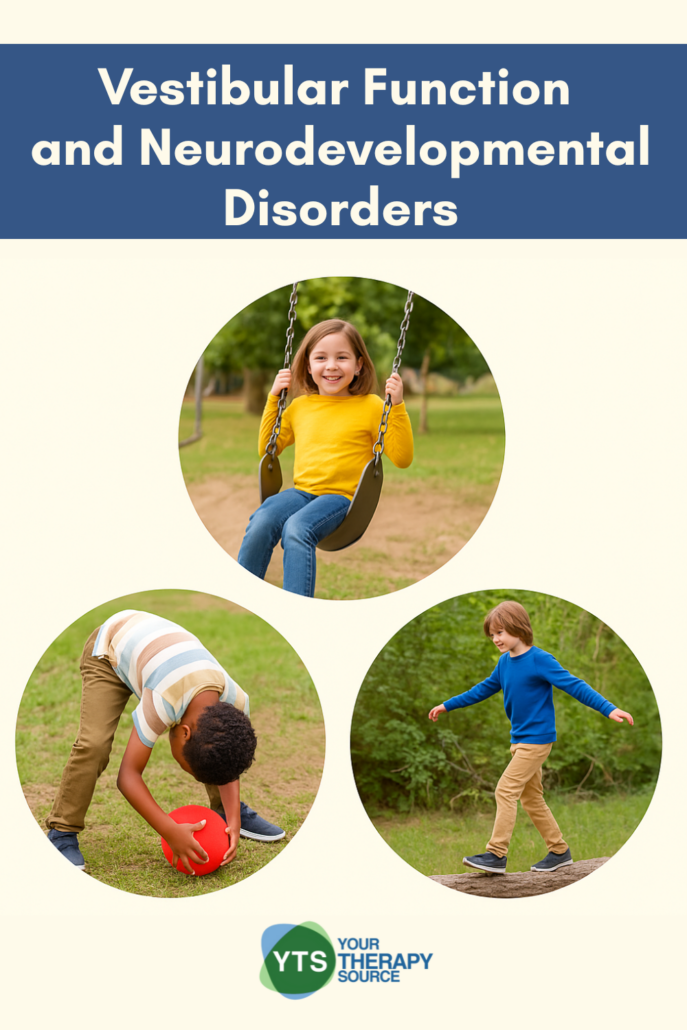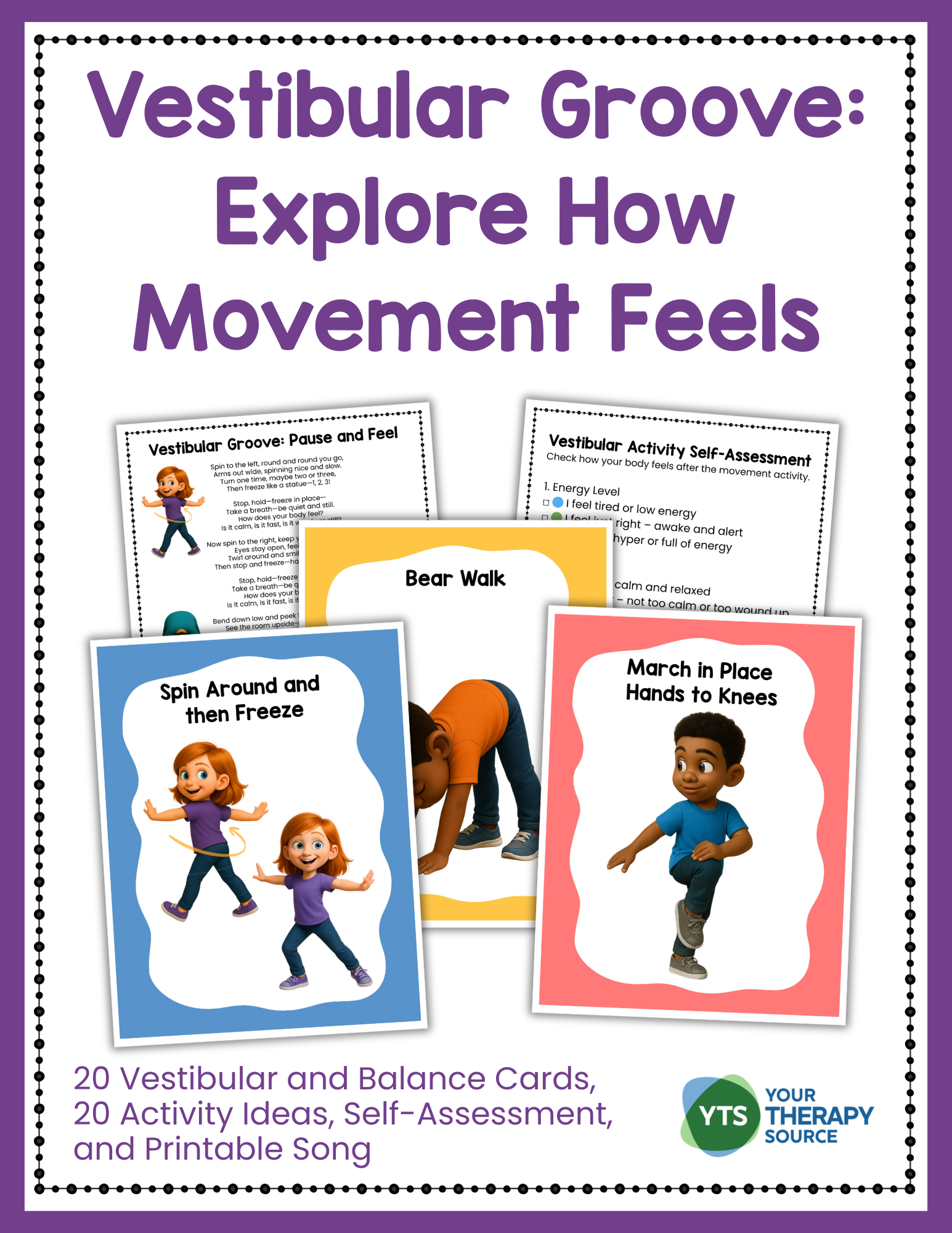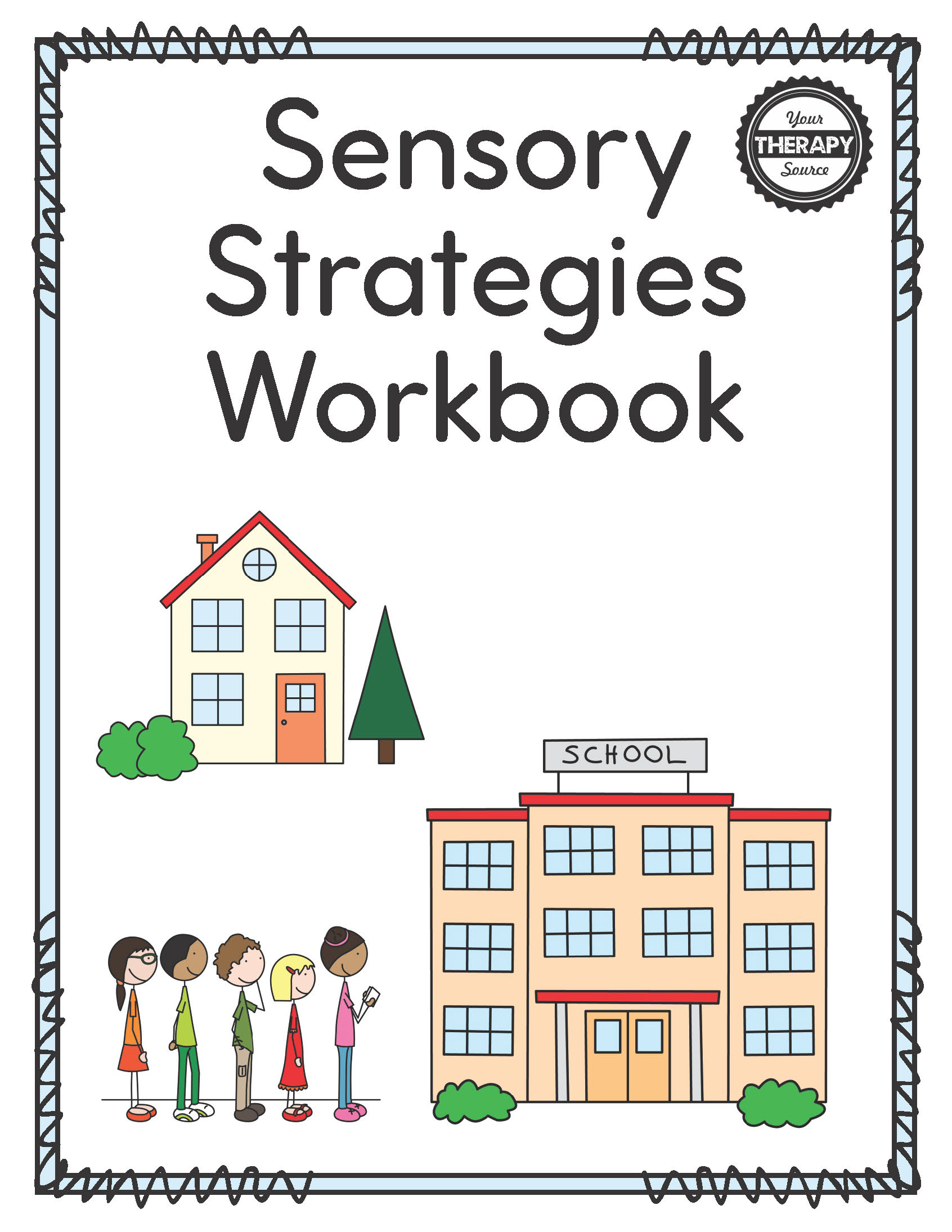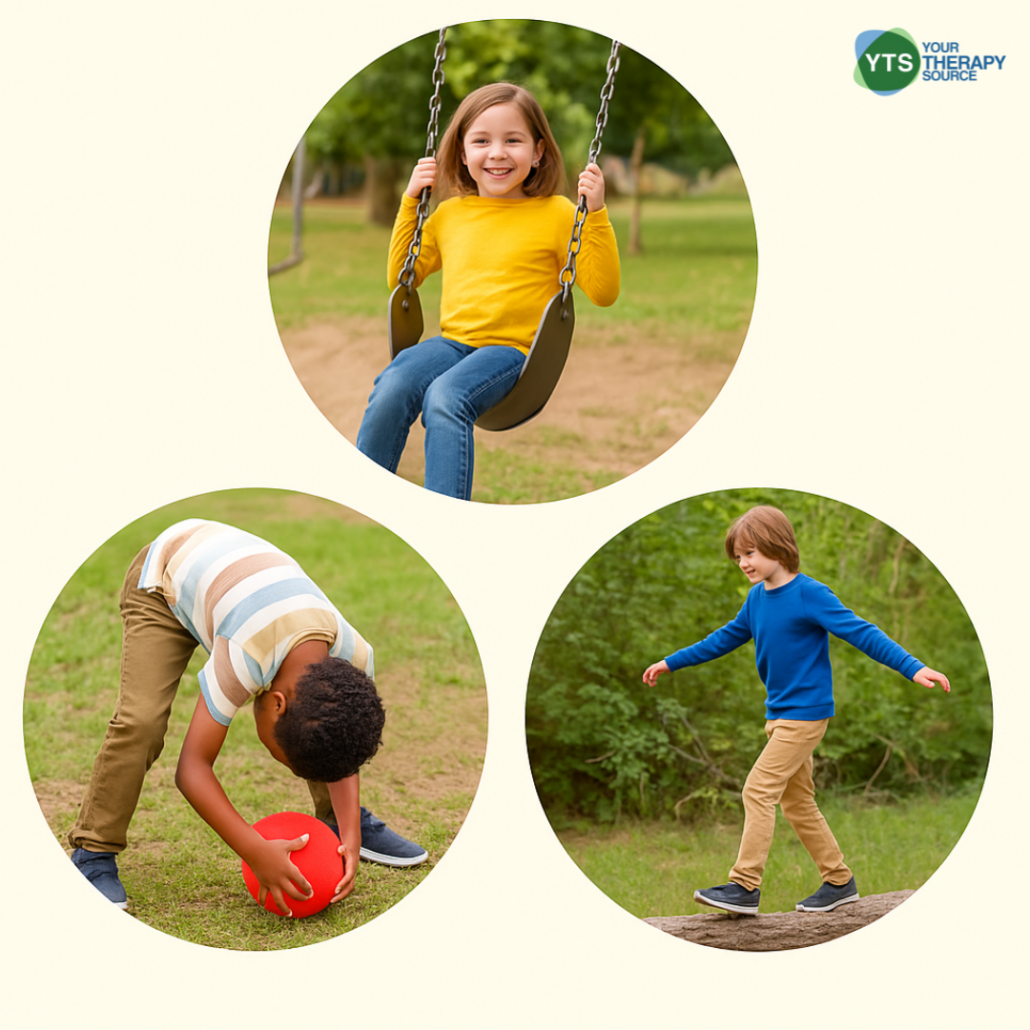Vestibular Function and Neurodevelopmental Disorders
Children with neurodevelopmental disorders (NDDs) often face challenges with balance, movement, coordination, and sensory processing. One system that may play a key role in these difficulties is the vestibular system. Two recent studies offer important insights into how vestibular function may differ in children with autism spectrum disorder (ASD), attention-deficit/hyperactivity disorder (ADHD), developmental coordination disorder (DCD), and related conditions. Learn more about vestibular function and neurodevelopmental disorders.

What Is the Vestibular System?
The vestibular system is essential for developing motor skills, staying focused, and feeling grounded in the environment. It is located in the inner ear and helps children:
- maintain balance and posture.
- coordinate eye and head movements.
- feel where their body is in space.
- process movement and changes in position.
What the Research Says About Vestibular Function and Neurodevelopmental Disorders?
Two recent studies shine a light on how the vestibular system may be functioning differently in children with NDDs and why that matters.
Vestibular-Evoked Responses and Otolith Function (Van Hecke et al., 2025)
- Who was studied: 28 children with various neurodevelopmental disorders, including autism spectrum disorder, developmental coordination disorder, and ADHD
- What they found: 39 percent of children with NDDs showed abnormal vestibular responses
- How it was tested: Researchers used VEMP tests to assess otolith function, which relates to gravity and linear motion detection
- Key result: Children with NDDs had either reduced or excessively high VEMP responses, suggesting atypical otolith processing
- Additional finding: Video Head Impulse Tests (vHIT), which assess semicircular canal function, showed no significant differences compared to controls
- What it means: Even in the absence of obvious dizziness or balance issues, otolith-related vestibular function may still be disrupted in children with NDDs
Listen to the Podcast

Vestibular Groove – Explore How Movement Feels
Vestibulo-Ocular Reflex Function and Visual Stability (Caldani et al., 2020)
- Who was studied: Children with ASD, ADHD, and reading impairments
- What they measured: The Functional Head Impulse Test (fHIT) assessed how well children could stabilize their vision during rapid head movements
- Key result: Children with NDDs performed significantly worse than typically developing peers
- What they struggled with: Children had more difficulty with vertical head movements than horizontal ones
- Why it matters: These results suggest that vestibular-cerebellar differences in children with NDDs may impact their ability to coordinate vision and movement effectively
What Does This Mean for Therapists, Educators, and Parents?
These studies highlight a few key takeaways:
- Vestibular differences are common in children with NDDs, even if they are not showing classic balance problems
- Otolith function, which helps detect gravity and straight-line motion, may be especially affected
- Some children may be overly sensitive to vestibular input, such as intense reactions to spinning
- Others may underrespond and not seek out or react to movement
- These challenges can influence attention, posture, motor planning, and emotional regulation
Signs That May Suggest Vestibular Differences
- Appears clumsy or avoids movement-based play
- Becomes upset during car rides, on swings, or while spinning
- Frequently covers ears or eyes during movement
- Struggles with reading, copying, or visual tracking
- Craves intense movement like crashing, jumping, or spinning
- Avoids movement altogether or seems fearful of it
Practical Ways to Support Vestibular Development
Every child’s tolerance for vestibular input is different. While one child may seek out movement like spinning or jumping, another might feel overwhelmed by even small changes in head position. Vestibular input can have a long-lasting effect on a child’s nervous system—sometimes calming, sometimes alerting, and sometimes overstimulating. It’s important to observe and respect each child’s individual responses. Start slowly, watch for signs of comfort or distress, and always offer choices when introducing movement-based activities.
- Provide swinging and rocking experiences in different directions, including back and forth, side to side, and circular
- Use movement games like log rolling, scooter board rides, or tumbling
- Set up balance activities such as balance beams, hopscotch paths, or yoga poses
- Incorporate head movements into music and song routines to keep it playful and engaging
The vestibular system is a powerful but often under-addressed part of development, especially in children with neurodevelopmental disorders. These recent studies show that vestibular differences go beyond balance. They can affect vision, coordination, and even emotional responses. By understanding and supporting vestibular function, we can help children feel more grounded, focused, and capable in their daily lives.
Read More About Vestibular Input Here
- Vestibular System in Children: Why It Matters
- What Is Vestibular Input and How Does It Help?
- Screening Tests for Vestibular Dysfunction in Children
- Fun Vestibular Activities for Kids
- The Vestibular Song: Movement and Music for Kids
- Vestibular System Overview and Support Strategies
References
Caldani, S., Baghdadi, M., Moscoso, A., Acquaviva, E., Gerard, C. L., Marcelli, V., & Bucci, M. P. (2020). Vestibular functioning in children with neurodevelopmental disorders using the functional head impulse test. Brain Sciences, 10(11), 887.
Van Hecke, R., Deconinck, F. J., Van Acker, E., Danneels, M., Dhooge, I., Van Waelvelde, H., & Maes, L. (2025). Vestibular function in children with neurodevelopmental disorders: A neglected sense?. Clinical Neurophysiology.

Sensory Strategies Workbook



